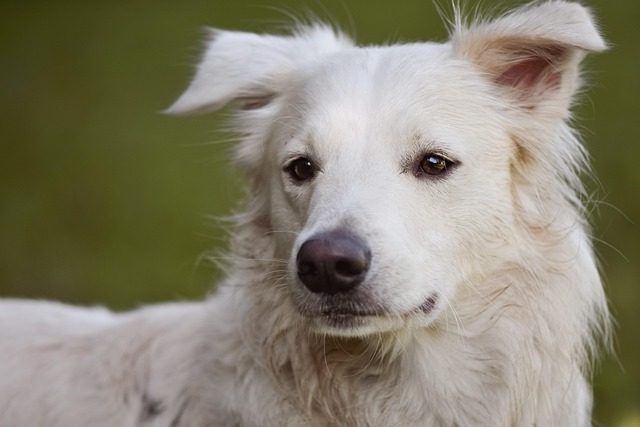
How can I tell if my dog's heatstroke is serious
Let’s be real: It’s a sticky August morning in Los Angeles, and you took your 2-year-old Golden Retriever, Max, for a walk a little later than usual
Ever noticed how your pup tenses up the second you pull out the brush? Or maybe they start shaking when it’s bath day, even if they love splashing in puddles otherwise. It’s a common struggle—so many dogs act like grooming is the worst thing ever, and it’s easy to feel confused or even a little guilty. Let’s break down why that might be.
A lot of it comes down to past experiences, even ones you might not remember. Maybe their first bath was too hot, or the hair dryer was cranked up too loud that first time. Dogs don’t forget that kind of stuff. For others, it’s the sensory overload: the sound of clippers, the feel of a brush on sensitive skin, or even the smell of grooming products that’s totally new. Some pups are just born more skittish, too—they need extra time to get used to new things, and grooming checks all those “new and scary” boxes.
It’s not just about what happens during grooming, either. The whole routine can set them off. Maybe they associate the car ride to the groomer with feeling anxious, or the sight of the grooming table reminds them of being held still when they wanted to run. Even the way we act matters—if we’re stressed about getting it done quickly, they pick up on that tension and mirror it back.
 If you’re thinking about professional help, make sure whoever you choose is certified. Reputable groomers know how to read a dog’s body language, and they’ll never push a scared pup too hard. It’s not just about being nice—there are guidelines in place to keep animals comfortable during these sessions, and sticking to them helps everyone, including your dog.
If you’re thinking about professional help, make sure whoever you choose is certified. Reputable groomers know how to read a dog’s body language, and they’ll never push a scared pup too hard. It’s not just about being nice—there are guidelines in place to keep animals comfortable during these sessions, and sticking to them helps everyone, including your dog.
So what can you do at home? Start small. Let them sniff the brush before you even touch them with it. Offer a treat every time they stay calm near the grooming tools. Maybe brush for just 10 seconds the first day, then build up. Baths? Try using a cup to pour water instead of a sprayer, which can feel less intimidating. And always stop if they start showing signs of stress—panting, lip-licking, or trying to escape. Pushing through will only make the fear worse.
Most importantly, be patient. Grooming fear in dogs isn’t something that fixes itself overnight. It takes consistent, gentle effort to help them realize that brushes and baths don’t mean anything bad is going to happen. You might not see progress right away, but every little step—like them letting you brush one paw without pulling away—is a victory. Before you know it, grooming could become just another part of your routine that they tolerate, or maybe even come to enjoy.

Let’s be real: It’s a sticky August morning in Los Angeles, and you took your 2-year-old Golden Retriever, Max, for a walk a little later than usual

You're enjoying a summer afternoon at the park when you notice your dog has stopped panting and appears disoriented - their gums are bright red

Let’s paint the picture: You’re in your Denver apartment, watching your 4-year-old Boston Terrier, Ruby, plop down mid-play session with her favorite toy

Many dog owners notice their pets nails seem shorter after regular walks,but how much does this daily activity actually help?The answer depends on where you walk—concrete sidewalks or asphalt streets gently file nails as a dog's paws hit the ground

Most dog owners notice their pup scooting across the carpet at some point, but few connect it to impacted anal glands. These small sacs near a dog’s rectum secrete a scent for marking territory

Most vets agree that regular dog teeth cleaning is key to avoiding painful dental issues later. For healthy adult dogs, a professional cleaning at the vet’s office every 12 to 18 months usually works well.